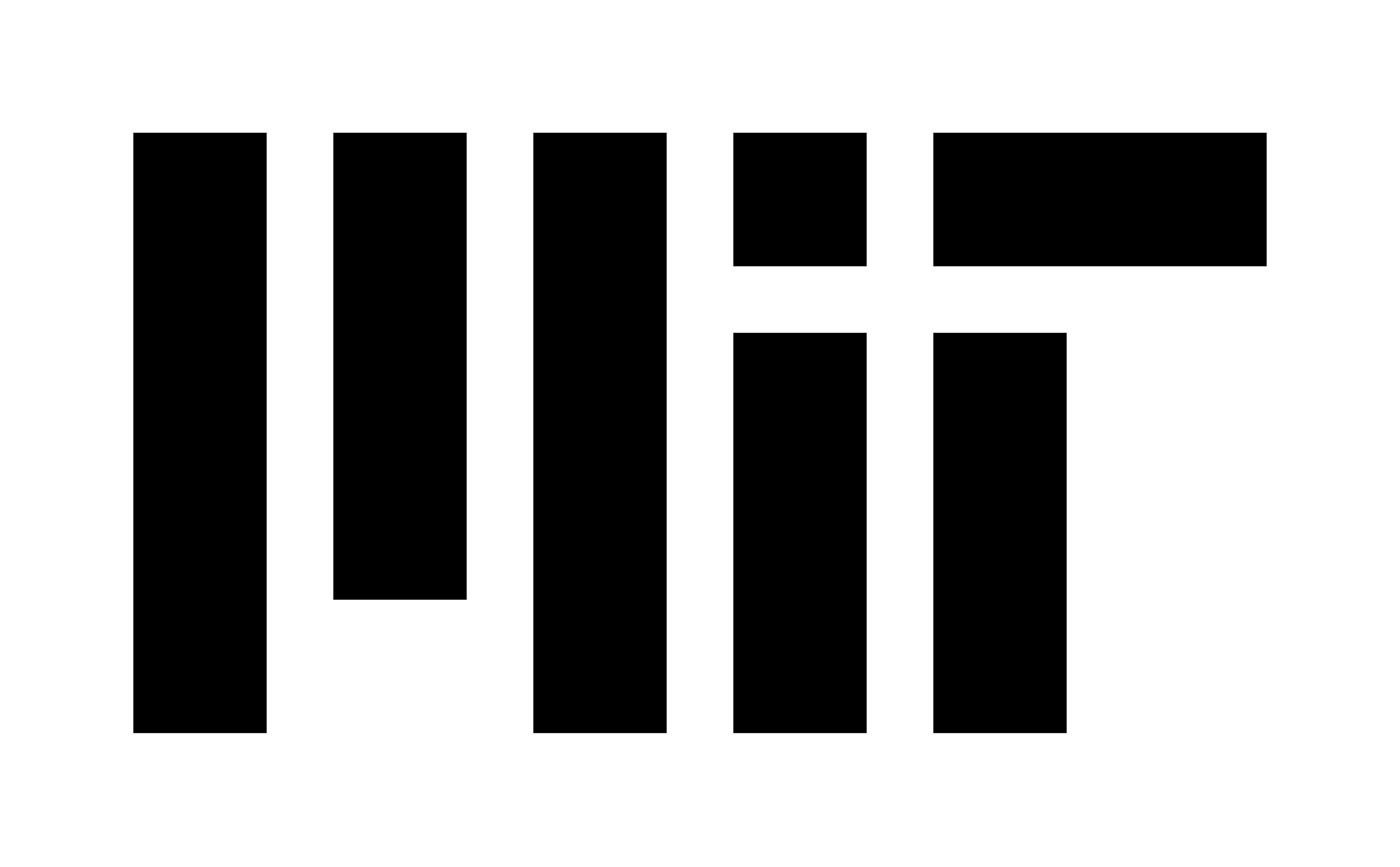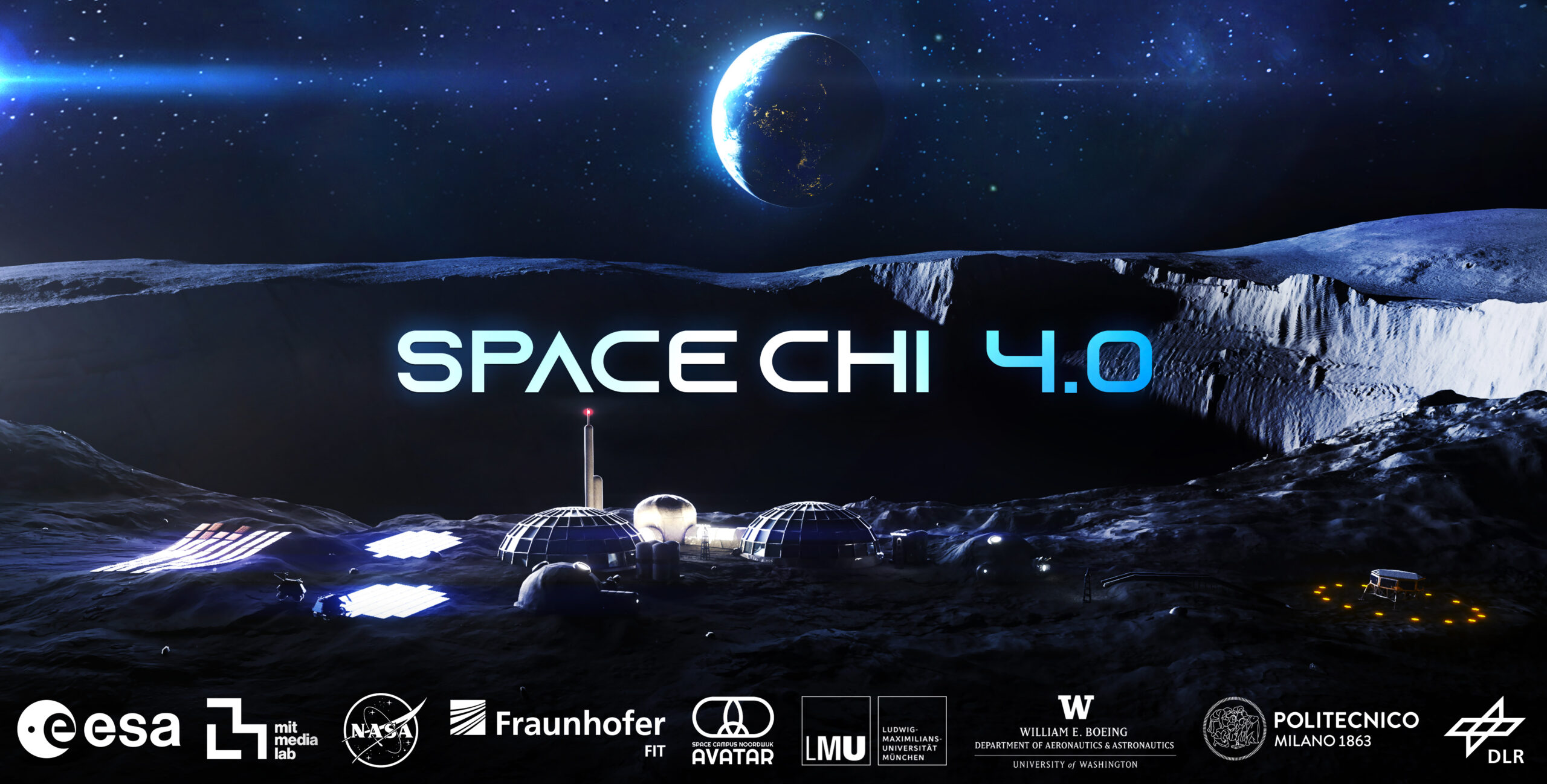
SpaceCHI 2025 Program
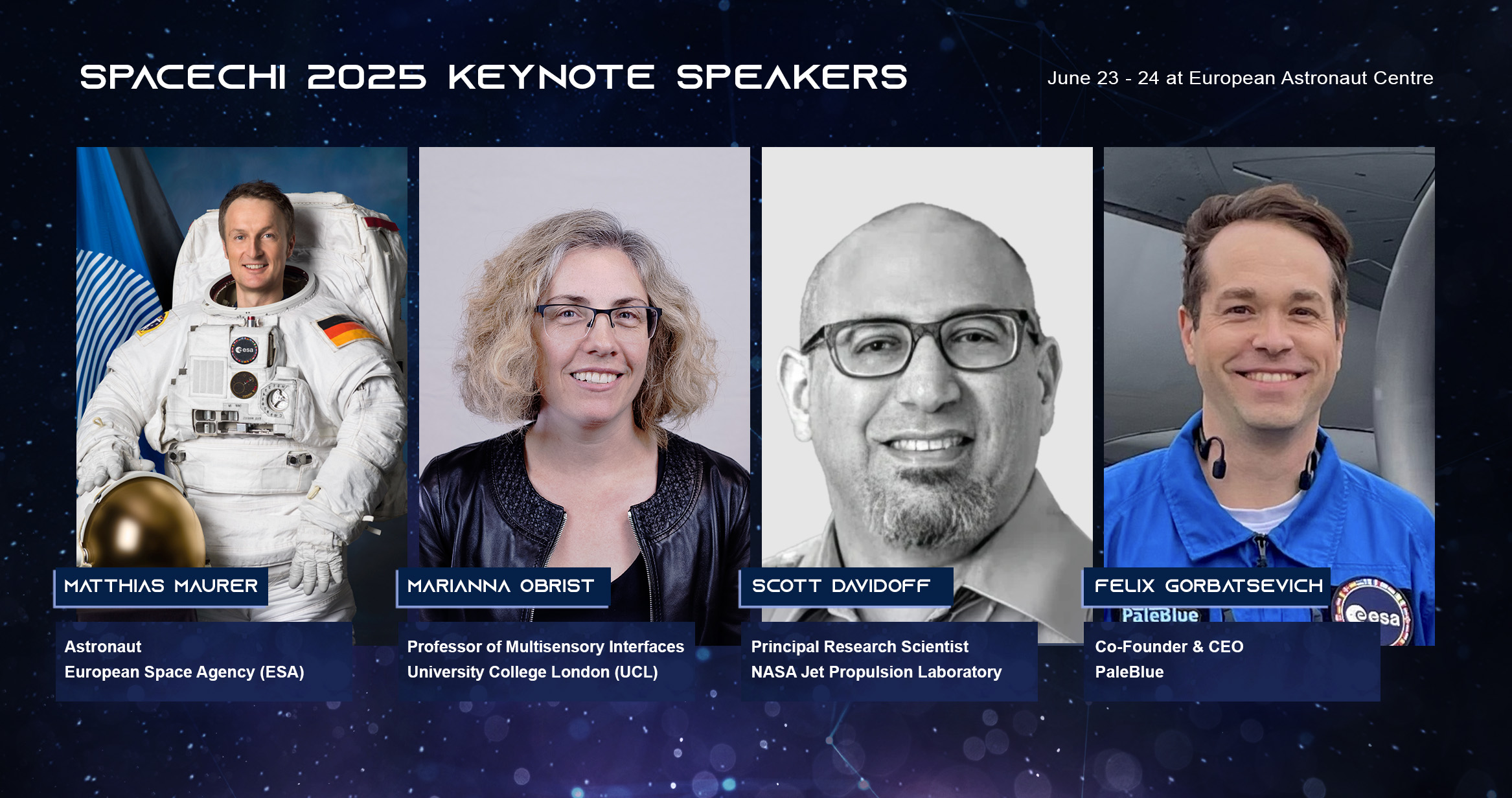
Day 1: June 23, 2025 – European Astronaut Centre | EAC Auditorium (Ground Floor)
| 9:00 | Welcome & Opening |
| 9:20 | EAC Presentation by Andreas Mogensen |
| 09:45 | Keynote 1 – XR for Astronaut Training and Spacecraft Design (Felix Gorbatsevich – CEO, PaleBlue) |
| 10:30 | Coffee Break |
| 10:45 | Paper Session 1 – XR as a Space Preparatory Tool |
| 12:30 | Lunch Break |
| 13:30 | Paper Session 2 – Mission-Support Interfaces and Visualization |
| 15:00 | Keynote 2 – How Can Space Exploration Help Life on Earth? (Scott Davidoff – Principal Research Scientist, NASA JPL) |
| 15:45 | Coffee Break |
| 16:00 | Paper Session 3 – Artificial Intelligence in Human-Space Exploration |
| 17:30 | Facility Tour |
Day 2: June 24, 2025 – European Astronaut Centre | EAC Auditorium (Ground Floor)
| 9:00 | Keynote 3 – LUNA: Creating the Moon on Earth (Matthias Maurer – Astronaut, ESA) |
| 09:30 | Paper session 4: Human Wellbeing in Extreme Environments |
| 10:30 | Coffee Break |
| 10:45 | Paper session 4 (cont.): Human Wellbeing in Extreme Environments |
| 11:30 | ESA-HRE Presentation by Ann-Kathrin Vlacil |
| 12:00 | Presentation and Networking with recruiter Medina Djakova from the HE Space Operation / CS Group |
| 12:30 | Lunch Break |
| 13:30 | Keynote 4 – Sensing Space: The Multisensory Experience of Life Beyond Earth (Marianna Obrist – Professor, University College London) |
| 14:15 | Paper session 5: HCI Design Methodologies for Space Habitation |
| 16:00 | Coffee Break |
| 16:15 | Paper session 6: Augmented Astronauts |
| 17:45 | Wrap-up, future steps and goodbye |
For any questions regarding the programme, please get in touch with the conference co-chairs Leonie Bensch or Tommy Nilsson.
Each paper presenter will be allocated a maximum of 15 minutes, which should ideally include both the presentation and a brief Q&A session. To ensure a smooth transition between talks, all presentations will be run from a single on-site Windows machine. We kindly ask participants to either send their presentation slides to the conference chairs in advance or bring them on a USB drive.
Paper Session 1: XR as a Space Preparatory Tool
June 23, 10:45 – 12:30
Underwater VR for Astronaut Training
Sven Jörissen (Julius-Maximilians-Universität Würzburg), David Hilbert (Julius-Maximilians-Universität Würzburg), Michael Bleier (Julius-Maximilians-Universität Würzburg), Dorit Borrmann (THWS), Helge Lauterbach (Julius-Maximilians-Universität Würzburg), Andreas Nüchter (University of Würzburg)*
Assessing the Use of Mixed Reality for Human-Robot Interaction Studies in the Context of Space Exploration
Enrico Guerra (University of Duisburg Essen)*, Sebastian Büttner (Westphalian University of Applied Sciences), Alper Beser (University of Duisburg-Essen), Michael Prilla (University of Duisburg-Essen)
Exploring the Symbiotic Collaboration Paradigm in Virtual Reality and its Potential Applications to Human Spaceflight
Florian Dufresne (Arts et Métiers Institute of Technology)*, Geoffrey Gorisse (Arts et Métiers Institute of Technology), Olivier Christmann (Arts et Métiers Institute of Technology)
Virtual Reality Prototyping Environment for Concurrent Design, Training and Rover Operations
Hanjo Schnellbächer (TU Darmstadt Space Technology e.V.), Pınar Doğru (TU Darmstadt Space Technology e.V.), Tarek Can Battikh ( TU Darmstadt Space Technology e.V.), Kristina Remić (TU Darmstadt Space Technology e.V.)*
MUSE: Designing Immersive Virtual Realities for Spaceflight UX Research
Noora Archer (European Space Agency)*, Pasquale Castellano (European Space Agency), Aidan Cowley (European Space Agency)
A Postcard from Mars: Exploring Interplanetary Communications in Virtual Reality
Adalberto Simeone (KU Leuven)*
Paper Session 2: Mission-Support Interfaces and Visualization Tools
June 23, 13:30 – 15:00
Best Practices in CubeSat Control Software Development: A Case Study of the SAGE Mission
Andrin Benz (University of St. Gallen)*, Sebastian Oes (University of St. Gallen), Johannes Schöning (University of St. Gallen)
Understanding Time in Space: Improving Timeline Understandability for Uncrewed Space Systems
Elizabeth Sloan (Iowa State University)*, Kristin Rozier (Iowa State University)
Navigating Exoplanetary Systems in Augmented Reality: Preliminary Insights on ExoAR
Bryson Lawton (Trier University)*, Frank Maurer (University of Calgary), Daniel Zielasko (Trier University)
Building Trustworthy Cognitive Monitoring for Safety-Critical Human Tasks: A Phased Methodological Approach
Maciej Grzeszczuk (Polish-Japanese Academy of Information Technology)*, Grzegorz Pochwatko (Institute of Psychology of the Polish Academy of Sciences), Barbara Karpowicz (Polish-Japanese Academy of Information Technology), Stanisław Knapiński (Polish-Japanese Academy of Information Technology), Wiesław Kopeć (Polish-Japanese Academy of Information Technology)
Gaze Beyond Limits: Integrating Eye-Tracking and Augmented Reality for Next-Generation Spacesuit Interaction
Jiayu He (STAR LAB, Centre for Robotics Research, King’s College London)*, Yifan Li (STAR LAB, Centre for Robotics Research, King’s College London), Oliver Runswick (Department of Psychology, Institute of Psychiatry, Psychology and Neuroscience, King’s College London), Peter Hodkinson (Spacesuit Physiology Laboratory, Centre for Human and Applied Physiological Sciences, King’s College London), Jarle Steinberg (Nåva Space), Felix Gorbatsevich (PaleBlue), Yang Gao (STAR LAB, Centre for Robotics Research, King’s College London)
Paper Session 3: Artificial Intelligence in Human-Space Exploration
June 23, 16:00 – 17:30
Human-AI Interaction in Space: Insights from a Mars Analog Mission with the Harmony Large Language Model
Hippolyte Hilgers (MARS-UCLouvain), Jean Vanderdonckt (UCL)*, Radu-Daniel Vatavu (Stefan cel Mare University of Suceava)
Integrating Human-in-the-loop AI to Tackle Space Communication Delay Challenges
Nikos Mavrakis (Durham University)*, Effie Lai-Chong Law (Durham University), Hubert Shum (Durham University)
NEREUS: An Assistive Decision Support System for Real-Time, Adaptive Route Guidance in Extravehicular Navigation Activities on the Lunar Surface
Jasmine Wu (University of California, Irvine)*, Andrew Hwang (University of California, Irvine), Matthew Bietz (University of California, Irvine)
Mixed-initiative Dynamic Autonomy Through Variable Levels of Immersion and Control (MIDA-VIC): A new Paradigm for Collaborative Robotic Teleoperation in Space Exploration
Hans-Christian Jetter (University of Luebeck)*, Leon Raule (University of Luebeck), Jens Gerken (TU Dortmund University), Sören Pirk (Kiel University)
Toward an Earth-Independent System for EVA Mission Planning: Integrating Physical Models, Domain Knowledge, and Agentic RAG to Provide Explainable LLM-Based Decision Support
Kaisheng Li (University of California, Davis), Richard Whittle (University of California, Davis)*
Paper Session 4: Human Wellbeing in Extreme Environments
June 24, 09:30 – 11:30
Movement in Low Gravity (MoLo) – LUNA: Biomechanical Modelling to Mitigate Lunar Surface Operation Risks
David Green (European Space Agency)*
Human Factors and Behavioral Performance Evaluation Framework for IntraVehicular Activities(IVAs) under Simulated Lunar Gravity: Focus on the Lunar Agriculture Module (LAM)
Kyunghwan KIM (German Aerospace Center)*, Daniel Schubert (German Aerospace Center), Gisela Detrell (Technical University of Munich(TUM)), Aidan Cowley (ESA-EAC)
A Research Framework to develop a Real-Time Synchrony Index to Monitor Team Cohesion and Performance in Long-Duration Space Exploration
Federico Nemmi (Human design Group)*, Emma Chabani (Human design Group), Laure Boyer (MEDES), Charlie Madier (Human design Group), Daniel Lewkowicz (Human design Group)
Digital Health for Space: Towards Prevention, Training, Empowerment, and Autonomy
Mario Cypko (Hahn-Schickard)*, Ulrich Straube (EAC Space Medicine Team, European Space Agency (ESA)), Russell Andrews (NASA Ames Research Center), Oliver Amft (Hahn-Schickard and University of Freiburg)
Lighting Scenarios and Human Well-Being in Extreme Environments: Insights from St. Kliment Ohridski Antarctic Base
Christina Balomenaki (Technical University of Crete )*, Ismene Chrysochoou (Technical University of Crete), Konstantinos-Alketas Oungrinis (Technical University of Crete)
Paper Session 5: HCI Design Methodologies for Space Habitation
June 24, 14:15 – 16:00
Monitoring the Structural Health of Space Habitats through Immersive Data Art Visualization
Ze Gao (The Hong Kong Polytechnic University)*, Yuan Zhuang (Shandong University), Kuqi Wang (Jinan Foreign Language School), Mengyao Guo (Harbin Institute of TechnologyHarbin Institute of Technology)
Design as an Astronaut: an XR/VR experience of the Argonaut Habitat Unit
Valentina Sumini (MIT Media Lab, Politecnico di Milano), Cody Paige (MIT Media Lab), Tommy Nilsson (Fraunhofer FIT), Joseph Paradiso (MIT Media Lab), Marta Rossi (Politecnico di Milano, Politecnico di Torino), Leonie Bensch (MIT Media Lab), Ardacan Özvanlıgil (Politecnico di Milano), Deniz Gemici (Politecnico di Milano), Dava Newman (MIT Media Lab), Gui Trotti (Arizona State University), Aidan Cowley (ESA), Lionel Ferra (ESA)
Conceptual Design, Manufacturing, and Assembly of a Tall Lunar Tower
Marina Konstantatou (Foster + Partners)*, Aran Sena (Foster + Partners), George Cann (Foster + Partners), Irene Gallou (Foster + Partners), Salvador Navarro Perez (Foster + Partners), Orla Punch (Foster + Partners), Marc Guberman (Foster + Partners), David Goodloe (Branch Technology), Platt Boyd (Branch Technology)
(Can’t) Fly Me to the Moon or Mars? Context of Use Analysis Approaches for Space Exploration
Tilo Mentler (Trier University of Applied Sciences)*
Unbound Human-Machine Interfaces for Interaction in Weightless Environments
Jessica Cauchard (TU Wien)*
Designing for Usability in Modular Space Habitats: A Space Syntax Perspective
Nick Dalton (Northumbria)*, Ruth Dalton (Northumbria University), Sam McElhinney (University of the Creative Arts), Christoph Hölscher (ETH Zürich)
Paper Session 6: Augmented Astronauts
June 24, 16:15 – 17:45
vibroLink: A Wireless Vibro-Auditory Transmission System to Improve Situational Awareness During EVA
Gabriela Vega (Max-Planck Institute for Informatics)*, Paul Strohmeier (Max-Planck Institute for Informatics),
Towards Passively Actuated Short-range Telehaptics for Astronauts
Matvey Boguslavskiy (Imperial College London)*, Digby Chappell (Harvard University), Thrishantha Nanayakkara (Imperial College London)
CASIMAR, a Collaborative BVSR Project
Rico Nerger (Technische universität Dresden)*, Ian Benecken (BVSR), Paul Droste (SeeSat e.V.), Kristina Remić (TU Darmstadt Space Technology e.V.), Hanjo Schnellbächer (TU Darmstadt Space Technology e.V., Germany), Stefan Ursu (Space Team Aachen e.V., Germany), Nils Hensch (STAR Dresden e.V.), Gregor Mokansky (STAR Dresden e.V.), Malte Eckermann (Moonaixperts e.V.), Simon Hestermann (KSat e.V.), Alexander Kerth (BEARS e.V.), Talin Aswad (BEARS e.V.), Azalia Azzahra (WARR e.V.)
Multi-axis, Multi-material Additive Fabrication of Multi-layer Conformal SMD Circuitry to Support In-space Mission Resilience
Ivan Revenga Riesco (Imperial College London)*, Borut Lampret (Imperial College London), Connor Myant (Imperial College London), David Boyle (Imperial College London)
Multidimensional Usability Assessment in Spaceflight Analog Missions
Shivang Shelat (San Jose State University)*, Katherine E. Homer (NASA Ames Research Center), John A. Karasinski (NASA Ames Research Center), Jessica J. Marquez (NASA Ames Research Center)
XR/UX for Virtual and Mixed Mock-ups Utilization in Space Habitat Design Development: Use Cases and Lessons Learnt
Marinella Ferrino (Thales Alenia Space, Italy), Jan Persson (European Space Agency, ESTEC)
Keynotes
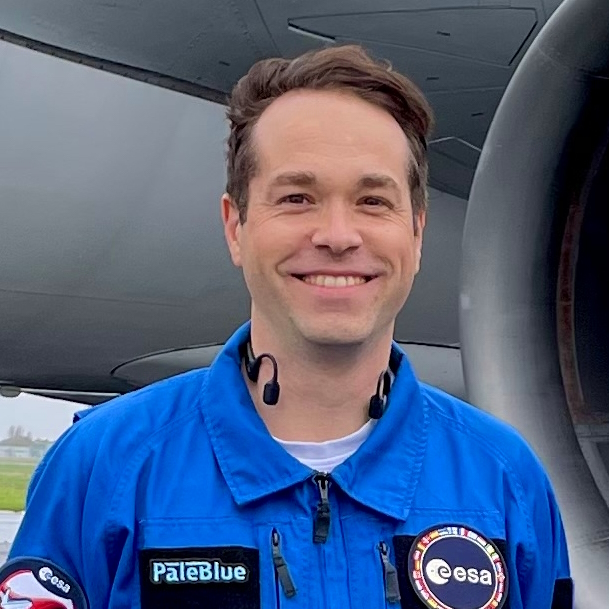
XR for Astronaut Training and Spacecraft Design, by Felix Gorbatsevich
This talk will cover the topics of applying XR technologies to advanced professional training and engineering, preparing astronauts as well as designing spacecraft around human factors. Getting input from ESA astronauts, PaleBlue has created a training simulator, modeling the effects of Zero G locomotion in a XR setting, allowing simulator training for the astronauts’ work at the International Space Station. The same simulation platform is adapted for simulation of human factors in spacecraft engineering.
Bio: Felix Gorbatsevich is CEO and the leading technical expert at PaleBlue – Industrial XR company based in Norway. He has been working at technology and software companies, in roles ranging from software engineer and systems architect to project manager and managing director. Now at PaleBlue, Felix leads the development of XR and 3D simulators for the real world – creating immersive solutions for a range of PaleBlue clients. Their interactive digital twin of the International Space Station is currently used by both ESA and NASA astronauts in preparation of their future missions. This makes Felix uniquely experienced – not only in XR technology for human spaceflight, but also the expanding role of the private sector in this field.
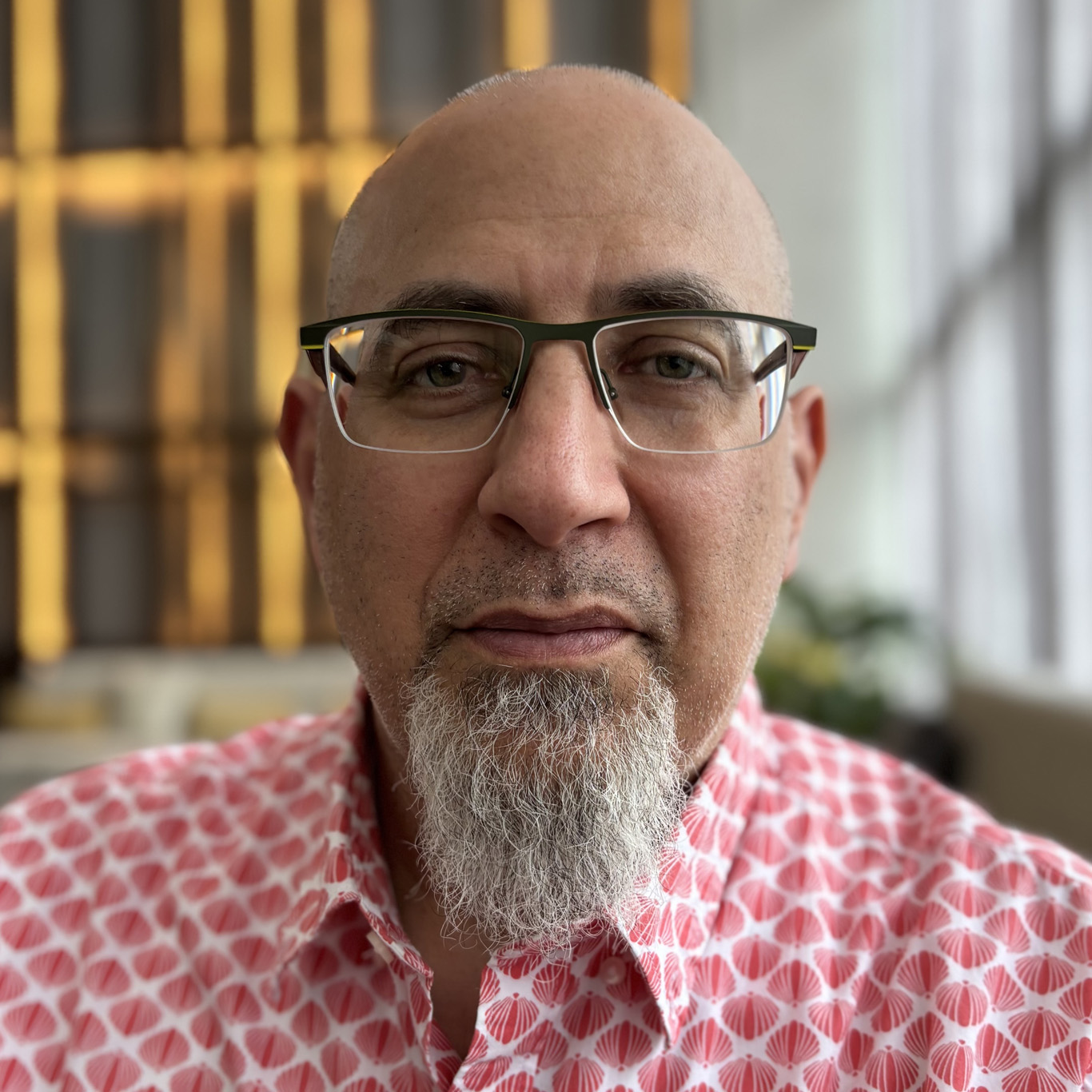
How Can Space Exploration Help Life on Earth?, by Scott Davidoff
Turning our attention toward our cosmic navels, the big questions in space exploration also include how to preserve and protect life on Earth. This talk will feature projects that use space data to improve life for Earthlings: (1) helping desert states conserve water; (2) high altitude balloons for real-time fire sensing; (3) citizen science to help poor communities collect sub-pixel pollution and heat data for self-advocacy; and (4) deep sea methane seep sampling prediction.
Bio: Scott Davidoff is a Research Scientist at the Space Science Institute. He uses the methods of Human-Computer Interaction, Data Visualization, Data Science and Human-Centered Design to investigate the big scientific research questions in Astrobiology, Planetary and Earth Science. He has introduced novel ways to interrogate data from XRF and reflectance spectra, to carbon cycle, ocean vent, and reconstructed 3D terrain. He also looks to optimize performance and trust in human teams that operate high autonomy single- and multi-robot systems. Previously, he was Principal Research Scientist at the NASA Jet Propulsion Laboratory. Davidoff has a PhD, MS and MHCI from Carnegie Mellon University, and a BA from Duke University.
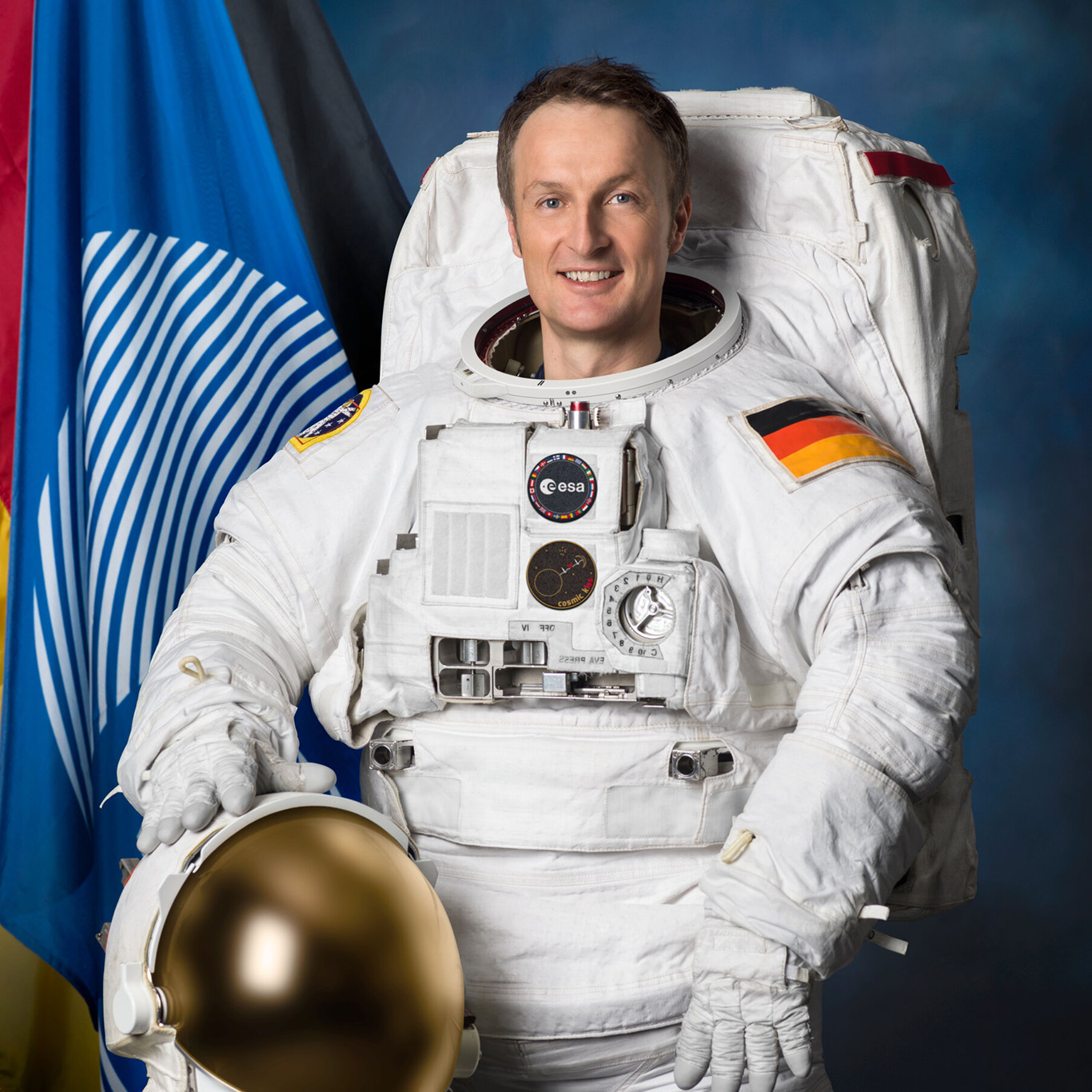
The LUNA analogue facility, known as ESA-DLR LUNA, is a collaborative project between the European Space Agency ESA and the German Aerospace Centre DLR. It serves as a fully integrated training and testing ground, simulating lunar-like conditions right here on Earth. It enables researchers to practise manoeuvring in these environments and test new technologies for the success of future missions to the Moon and beyond. At the heart of the facility is a 700-square-metre regolith testbed, built from simulated lunar dust and rocks. A deep floor area allows for sampling and drilling up to three metres below the surface and adjustable lighting replicates the Moon’s day-night cycle, closely mimicking environments on the lunar surface.
Bio: Matthias Maurer is a German astronaut and materials scientist. He earned his PhD in materials engineering from RWTH Aachen. He got selected into the ESA astronaut corps in 2015, Maurer underwent rigorous astronaut training and participated in analog missions such as ESA’s CAVES, NASA’s NEEMO, and survival training in China, preparing for long-duration spaceflight and lunar operations. In November 2021, he launched aboard the SpaceX Crew-3 mission to the International Space Station, commencing Expedition 66/67 under the mission name Cosmic Kiss. During his 177-day mission, Maurer conducted over 100 scientific experiments across disciplines like material science, biomedical research, AI, and Earth observation. He performed his first spacewalk (EVA) spanning nearly seven hours, contributing to maintenance and system upgrades – earning him both the NASA Distinguished Public Service Medal and the Space Exploration Medal.

As we venture into the cosmos, the multisensory experiences that shape our lives on Earth become critical for human health and well-being in space. This talk explores the profound impact of sensory stimulation—such as smell, touch, and taste—on emotional regulation, social interactions, and even early disease diagnosis. In stark contrast to the rich sensory environments we inhabit on Earth, space presents a sterile and often isolating atmosphere that can diminish these essential experiences. To illustrate the importance of a multisensory lens, the talk will reference the example of eating in space. By examining the implications of sensory deprivation and the need for sensory interfaces, the talk will underscore the necessity of integrating multisensory considerations into space exploration. This discussion aims to foster a deeper understanding of how enhancing sensory experiences can lead to healthier and more fulfilling lives for those who venture beyond our planet.
Bio: Marianna Obrist is a Professor of Multisensory Interfaces in the Department of Computer Science at University College London (UCL) and co-founder and Chief Scientific Officer (CSO) of Hynt Labs Limited, developing novel scent tech for improved sleep quality. Her research focuses on understanding touch, taste, and smell as interaction modalities for Human-Computer Interaction (HCI), with applications spanning immersive VR/AR experiences, automotive interfaces, and health and wellbeing use cases. Her most recent projects include an EPSRC/NIHR Smell Care project that validated the world’s first digital smell training solution in six-months deployment in selected households, a UKRI TCC – Textile Circularity Centre project focused on the design of immersive textile experiences for a circular fashion future, and an InnovateUK investor partnership project on enhanced sleep quality through a personalised digital scent solution by Hynt. She published over 100 articles, including high impact journals and conferences. Most recently she released the second edition of her co-authored book “Multisensory Experiences: Where the Senses Meet Technology”, published by Oxford University Press, featuring many of her works on multisensory experiences, including a section on the role of the senses in space exploration.
